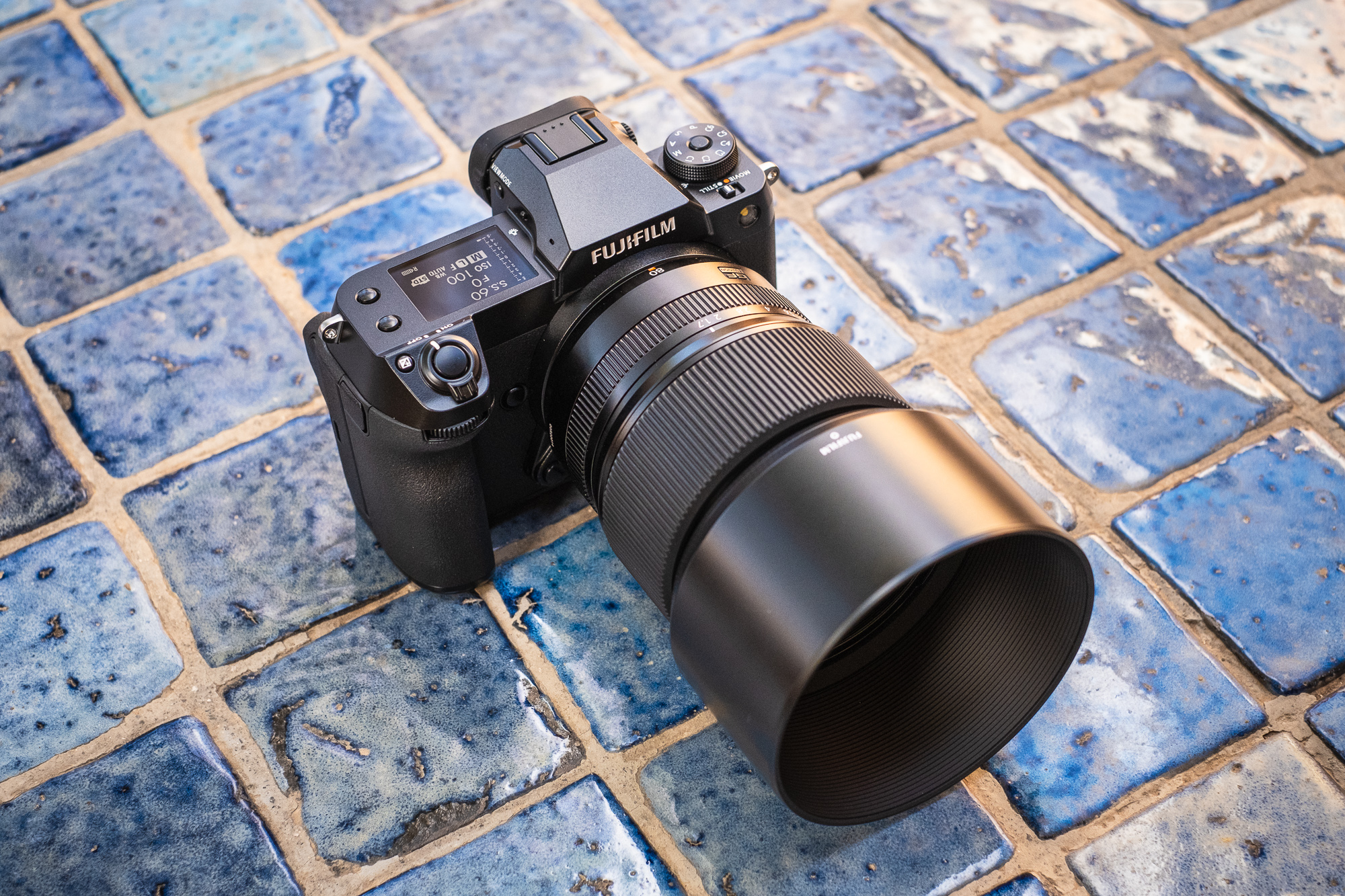dchew
Well-known member
Greetings! I have been invited on a cruise around South America and Antarctica this coming December. As most of you know I'm a dyed in the wool tech camera user. I'm pretty sure that won't work too well on the ship unless someone knows of a tripod with IBIS.
So I have two options: First is to upgrade my a7r ii to the a7r iv. I have some Leica lenses I've used with that camera several years ago: Apo Sumicron 50mm-ASPH, Apo Sumicron 90mm-ASPH and the R Apo f/2.8 180mm. I would need something wide for the Sony, either 24 and/or 35mm. The second option is to get into the GFX. Obviously that would be more expensive than the a7r iv plus a lens or two. In order to figure out how much (easy there, Dante), I have a few questions about the lenses and adapters.
Because I have the Zeiss 250 superachromat that I use on the technical camera, I could adapt that to the GFX for the long end. There is a host of competing adapters out there. From a quick B&H search: Metabones, Fotodiox, Kipon, Novoflex and even Cambo! Do one or two stand out, or are they all useable?
As for Fuji lens choice, I'd like similar angles of view that I am used to. The 30 and/or 45mm, maybe the 80mm, and definitely either the 110 or 120mm. The 30 and 45 could be covered by the 32-64 zoom, and the 110/120 could be covered by the 100-200. Most reach would be the 32-64, 80 and then 100-200 combined with my 250sa. It's been so long since I've used zooms; not sure how I would get along with them. I keep hearing they are about as good as the primes...? The most like what I'm used to would be 30/45/80/110, plus my 250sa. I can't imagine using the wide end much on this trip. I will still have a slimmed down tech camera kit for ground-based stuff, so I probably don't need both the 30 and 45. Could I get away with just the 45 and the 110 or 120 or 100-200? Probably. It might turn out that a lens like the 100-200 zoom would be on the camera 90% of the time.
It's been a long time since I jumped into a new camera system, so any experience and suggestions would be appreciated. I have some time, so I suppose I could try the zooms and return them for a few primes if I don't sync with them or if they don't measure up.
Dave
So I have two options: First is to upgrade my a7r ii to the a7r iv. I have some Leica lenses I've used with that camera several years ago: Apo Sumicron 50mm-ASPH, Apo Sumicron 90mm-ASPH and the R Apo f/2.8 180mm. I would need something wide for the Sony, either 24 and/or 35mm. The second option is to get into the GFX. Obviously that would be more expensive than the a7r iv plus a lens or two. In order to figure out how much (easy there, Dante), I have a few questions about the lenses and adapters.
Because I have the Zeiss 250 superachromat that I use on the technical camera, I could adapt that to the GFX for the long end. There is a host of competing adapters out there. From a quick B&H search: Metabones, Fotodiox, Kipon, Novoflex and even Cambo! Do one or two stand out, or are they all useable?
As for Fuji lens choice, I'd like similar angles of view that I am used to. The 30 and/or 45mm, maybe the 80mm, and definitely either the 110 or 120mm. The 30 and 45 could be covered by the 32-64 zoom, and the 110/120 could be covered by the 100-200. Most reach would be the 32-64, 80 and then 100-200 combined with my 250sa. It's been so long since I've used zooms; not sure how I would get along with them. I keep hearing they are about as good as the primes...? The most like what I'm used to would be 30/45/80/110, plus my 250sa. I can't imagine using the wide end much on this trip. I will still have a slimmed down tech camera kit for ground-based stuff, so I probably don't need both the 30 and 45. Could I get away with just the 45 and the 110 or 120 or 100-200? Probably. It might turn out that a lens like the 100-200 zoom would be on the camera 90% of the time.
It's been a long time since I jumped into a new camera system, so any experience and suggestions would be appreciated. I have some time, so I suppose I could try the zooms and return them for a few primes if I don't sync with them or if they don't measure up.
Dave


